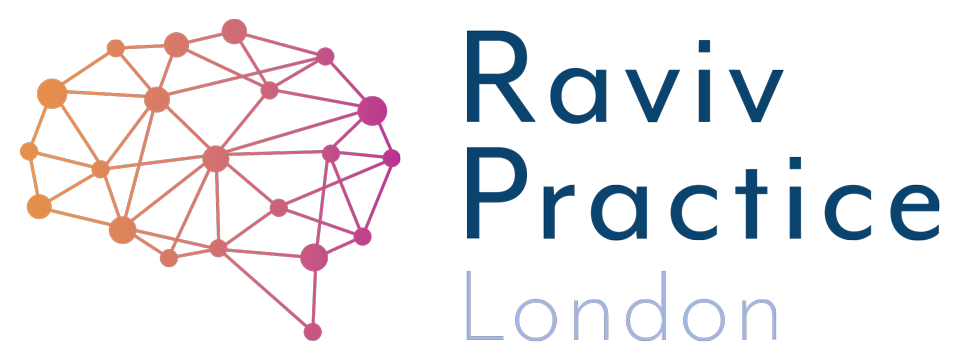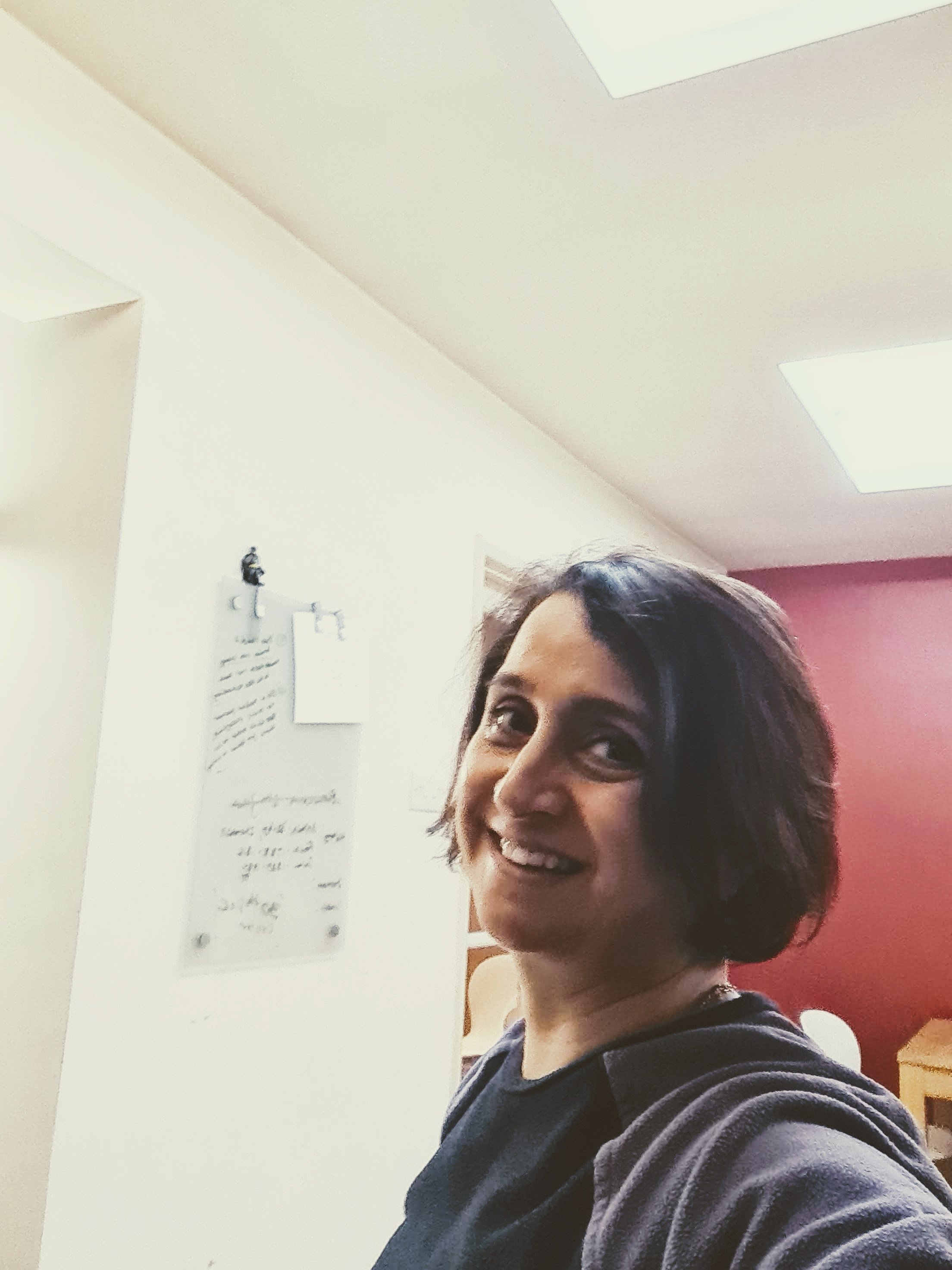What is Motor Planning?
When parents bring their children for therapy at Raviv Practice London, I study how they walk across a room. I watch if the child walks with purpose and if the movement has flow. Do their arms swing? Do they walk with symmetry and rhythm?
Then I check their skills in throwing short and long distances, jumping and landing on both feet, and balancing standing on one leg.
“The same neural pathways a child needs for academic learning are first developed through motor movement.”
I do this because motor planning is vital for everyone, and is especially crucial for a growing brain. The same neural pathways a child needs for academic learning are first developed through motor movement.
Motor planning is the ability of the body to create movement so we can perform a task. When playing with mobiles, babies will thrash their arms and legs on seeing the suspending toy. They aim for the toy but do not grab it. Each time they try, they learn and develop better hand-eye coordination. Soon the legs stop thrashing around, and their brains work out that is by using their eyes and hands together that they can achieve what they want to do. The extra activities are neural circuits that are pruned in favour of connecting the hands and eyes.
How a two day training for parents can help with motor planning
Raviv Practice London have been offering Bal-A-Vis-X therapy since 2009. The idea we can help almost any learning problem with movement is far removed from the usual method or merely doing more worksheets and schoolwork.
Children who are weak in school do not want to do more school work. They will often have many areas of weakness and the best place you can start is by developing motor planning and motor coordination, and build from that point.
“Bal-A-Vis-X is not a game nor a sport. It is a series of carefully curated exercises that use the whole brain and body system.”
Bal-A-Vis-X is not a game nor a sport. It is a series of carefully curated exercises that use the whole brain and body system. The exercises are done while standing on a balance board and require many mid-line crossings.
As adults, most of us assume we are well-coordinated and can do a multitude of activities. However, many find that, when they start doing Bal-A-Vis-X, they soon realise moving their legs and arms simultaneously is not as easy as it looks!
When you teach your child without the emphasis of language
During the two day training programme, you are shown how to do things slowly and carefully. The exercises all start at the same base line level and are adapted to the student's developmental level. This means developmental gaps are bridged, and the individual is increasingly able to perform more advanced skills. The idea we can learn to move the left arm simultaneously as the right leg and do so without dependence on spoken language, means the person's brain is working things out for itself.
When you add rhythm you have flow and Bal-A-Vis-X exercises are rooted in rhythm. Every exercise has a slow and steady rhythmic pace. This pace does not use external influences such as music or a metronome, but is rather a natural sequence of comfortable movements. When you develop a natural rhythm and pace, you build a flow of continuity.
Most importantly, this is a technique based therapy that you can learn without the need for a degree in neurology or brain physiology.
Parents report back with joy!
After a two day workshop, the parent has enough skills to work with their own child, and will see improvements in the following areas:
reading
hand writing
coordination for sports
ability to carry out multiple instructions
better focus and attention
more sustained attention
By improving motor planning and motor coordination you can make huge strides in helping your child achieve academic success.
Get in touch for more information.
Dyslexia? Dyspraxia? ADHD? ASD? Speech & Language? Developmental Delay? Anxiety?
Is every school day a struggle? As a parent, you may feel exhausted and on this journey alone. Each year you see the gap getting wider. You need to do something - change the approach, help your child learn for themselves, find a way to turn this around - to help while you can - do this NOW. the first step is free.
About the Author
Usha Patel is a Neurocognitive Therapist and Director at Raviv Practice London. Parents searching to help their suspected/neurodiverse child can get evidence-based solutions with results in as little as 8 weeks. Those in search of jargon-free help can get started straight away.



